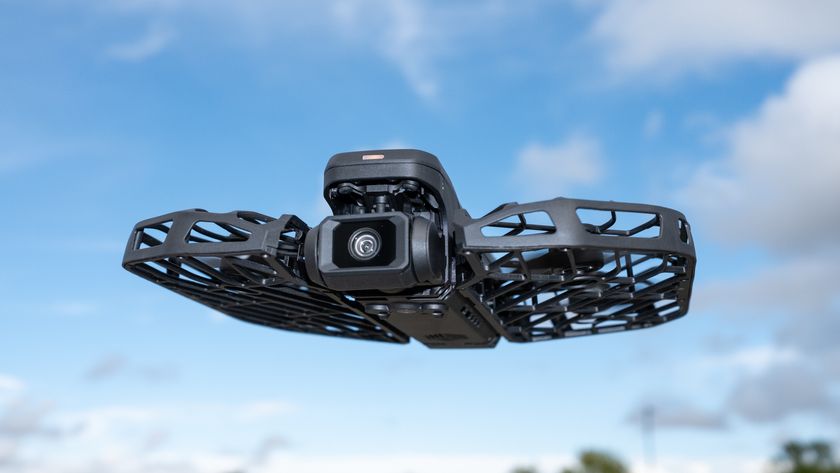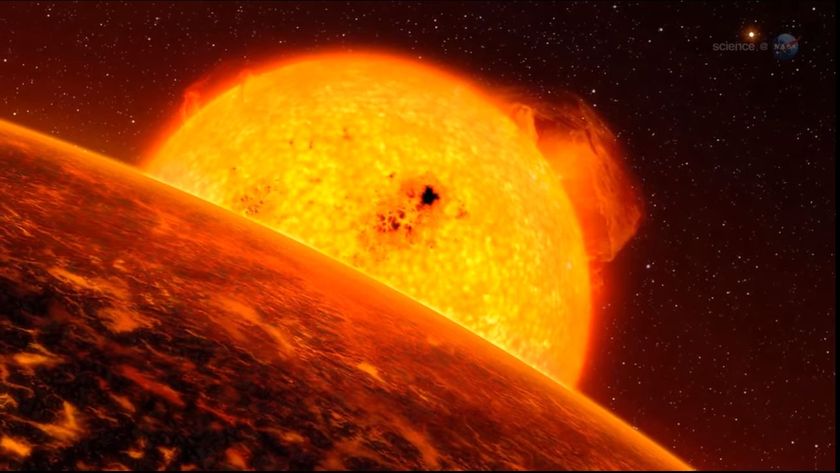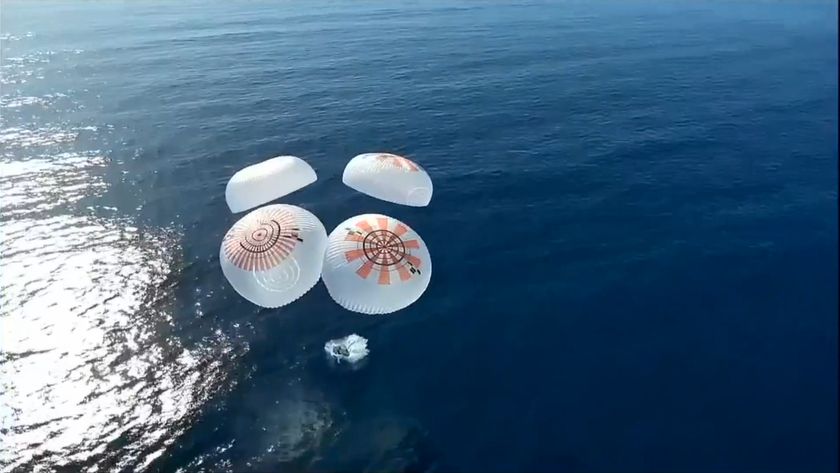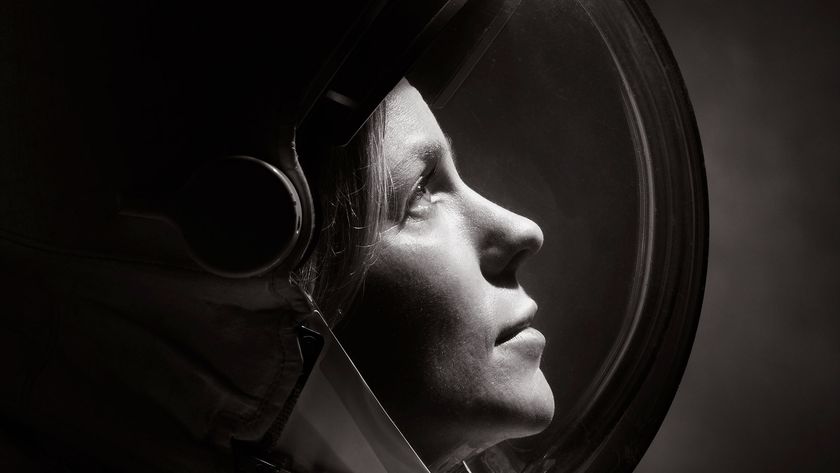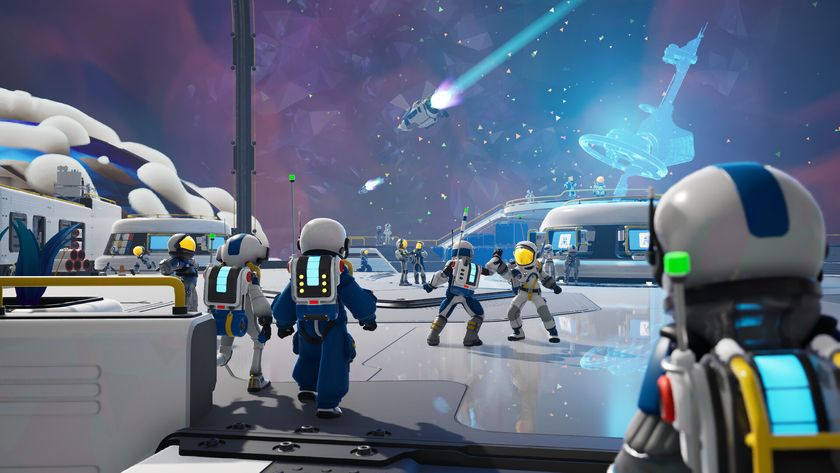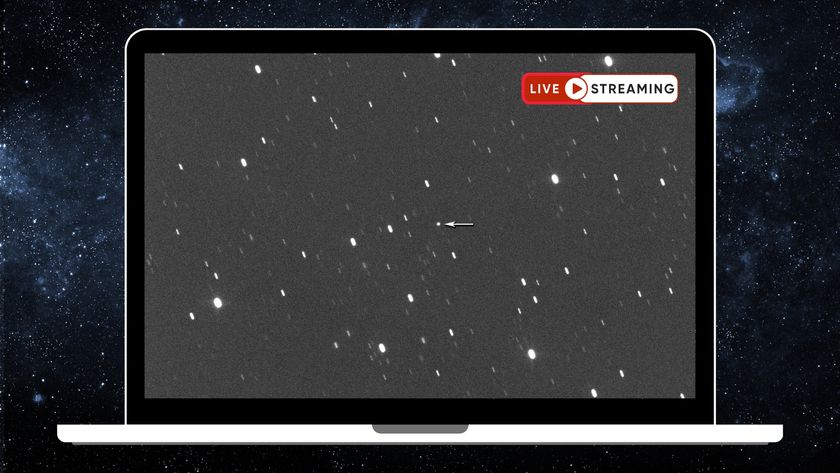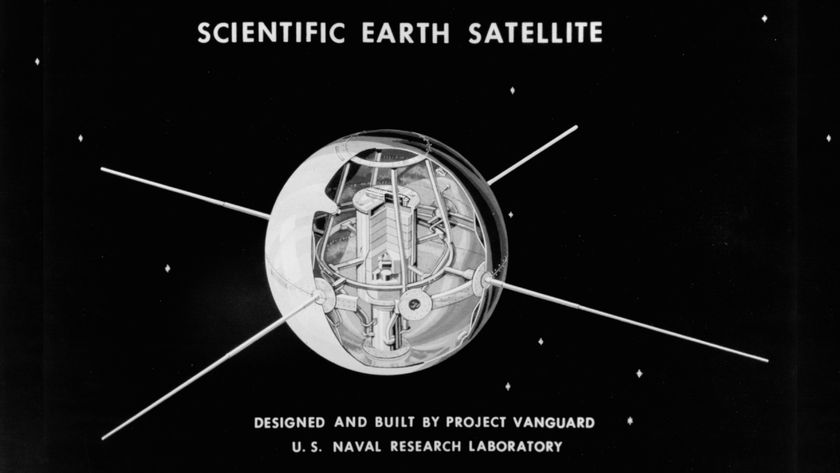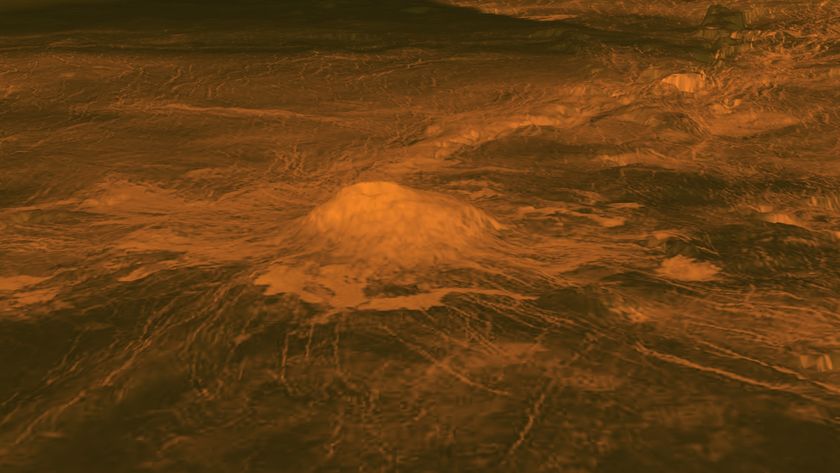NASA Receives Crew Exploration Vehicle Proposals
KENNEDY SPACE CENTER, Florida-- The future of human space transportation, not only into Earth orbit, butalso back to the Moon and onto Mars, kick-started this week as NASA receivedcontractor proposals for the Crew Exploration Vehicle (CEV).
A glimpse into one concept -- provided by Lockheed MartinSpace Systems near Denver, Colorado - shows a lifting body craft thatcan be outfitted for lunar as well as Mars operations.
"Basically what we came down on was the side of safety forthe crew in making our decision to go with a lifting body," said Patrick McKenzie, CEV BusinessDevelopment Manager at Lockheed Martin Space Systems Company.
Additionally, the design of the basic vehicle would allow itto be utilized to support near-term human expeditions to the Moon, as well asMars in the future, McKenzietold SPACE.com in a phone interview.
Liftingbody approach
McKenziesaid the lifting body design was preferred over a capsule for several reasons.
For one, that approach allows more cross-rangemaneuverability, thus the craft can touchdown on land versus water. Secondly, alifting body can lessen the g-loads on returning crews from long-duration spacestints, McKenzie said.
Get the Space.com Newsletter
Breaking space news, the latest updates on rocket launches, skywatching events and more!
Whether they are lengthy stays in Earth orbit, a prolonged missionon the Moon, or the round-trip trauma on the human body from a Mars mission -the lifting body approach helps to minimize the g-forces on crew members, McKenzie noted.
Titaniumshell
As part of a flight test program, McKenzie said that an unpiloted,full-scale version of the front-end of the company's CEV design -- a rescuemodule -- would be flown to verify the safety elements of getting a crew backunder a wide-range of circumstances. That would take place in 2008.
One feature of the company's CEV design -- along with thefirm's teammates -- is use of a titanium shell, along with two layers ofthermal protection materials.
"Even in the highly unlikely circumstance that you mighthave a burn through of the outer thermal protection system, the crewcompartment inside would maintain its integrity and that burn through would notend up being a fatal situation for the crew," McKenzie said.
Marsready
McKenzieemphasized that the first mission for a CEV is returning to low Earth orbit."But it makes sense to make sure that the vehicle that you'redeveloping this first go-round is going to be lunar capable," he added, withthe firm's engineers also looking into how the concept could be made Marsready.
"We're attempting to the best extent possible to build inmodularity into our systems and maintainability and ease of operations...so asnew technologies and new capabilities are developed over the next 10 to 15 to20 years, we'll be able to take advantage of those without having to totallyredesign a new vehicle," McKenziesaid.
McKenziesaid that Lockheed Martin stands ready to work with NASA to help realize astated objective of incoming NASA chief, Michael Griffin - to try and close thegap between shutdown of the shuttle in 2010 and operating a piloted CEV in2014.
Furthermore,use of the CEV to support the International Space Station is on the table.
"Our CEV will certainly be capable of servicing station," McKenzie stated,but the company's proposal did not address that use as a key top requirement.This prospect would receive a thorough look early in the execution of a CEVprogram if the firm is selected, he said.
NASA has announced in the past the plan to award two teamsCEV work this September.
Join our Space Forums to keep talking space on the latest missions, night sky and more! And if you have a news tip, correction or comment, let us know at: community@space.com.

Leonard David is an award-winning space journalist who has been reporting on space activities for more than 50 years. Currently writing as Space.com's Space Insider Columnist among his other projects, Leonard has authored numerous books on space exploration, Mars missions and more, with his latest being "Moon Rush: The New Space Race" published in 2019 by National Geographic. He also wrote "Mars: Our Future on the Red Planet" released in 2016 by National Geographic. Leonard has served as a correspondent for SpaceNews, Scientific American and Aerospace America for the AIAA. He has received many awards, including the first Ordway Award for Sustained Excellence in Spaceflight History in 2015 at the AAS Wernher von Braun Memorial Symposium. You can find out Leonard's latest project at his website and on Twitter.
